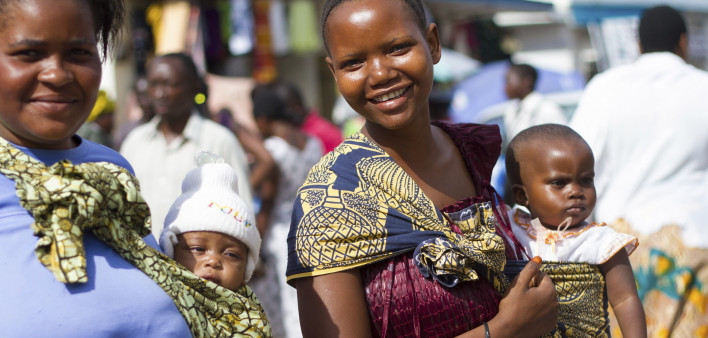The proportion of children living with HIV in hart-hit sub-Saharan nations who are on antiretrovirals (ARVs) is rising swiftly, Healio reports. However, in 2016, 56 percent of such children remained off treatment for the virus.
Publishing their findings in Morbidity and Mortality Weekly Report, Centers for Disease Control and Prevention researchers analyzed Joint United Nations Programme on HIV/AIDS data on estimated treatment rates in the 20 sub-Saharan African nations with the highest HIV burden. They also analyzed which nations had adhered to World Health Organization (WHO) guidelines on pediatric HIV treatment.
In 2012, 24 percent of the HIV-positive children in these nations were on ARVs, a figure that rose to 44 percent in 2016, at which point about 750,000 children were not on HIV treatment.
WHO advised in 2013 that all children with the virus who were younger than 5 years old should receive ARVs. By 2015, all 20 nations analyzed had adopted this recommendation. In 2016, WHO expanded these guidelines to include all HIV-positive children younger than 15 years old. That year, 13 of the nations adopted these guidelines.
The pediatric treatment rate increased in all 20 nations between 2012 and 2016. However, the treatment rate in 2016 was lower than 50 percent in at least 11 countries. The lowest rate, 5 percent, was in South Sudan.
Factors depressing treatment rates included delays in implementing the WHO guidelines, difficulty obtaining funding and medication, and the need to train medical workers.
To read the MMWR report, click here.







Comments
Comments